In ancient shark showdown, ‘Jaws’ may have doomed ‘The Meg’
An epic clash between aquatic apex predators may have helped drive the megalodon to extinction once they were forced to compete for food with the fearsome and fast great white shark
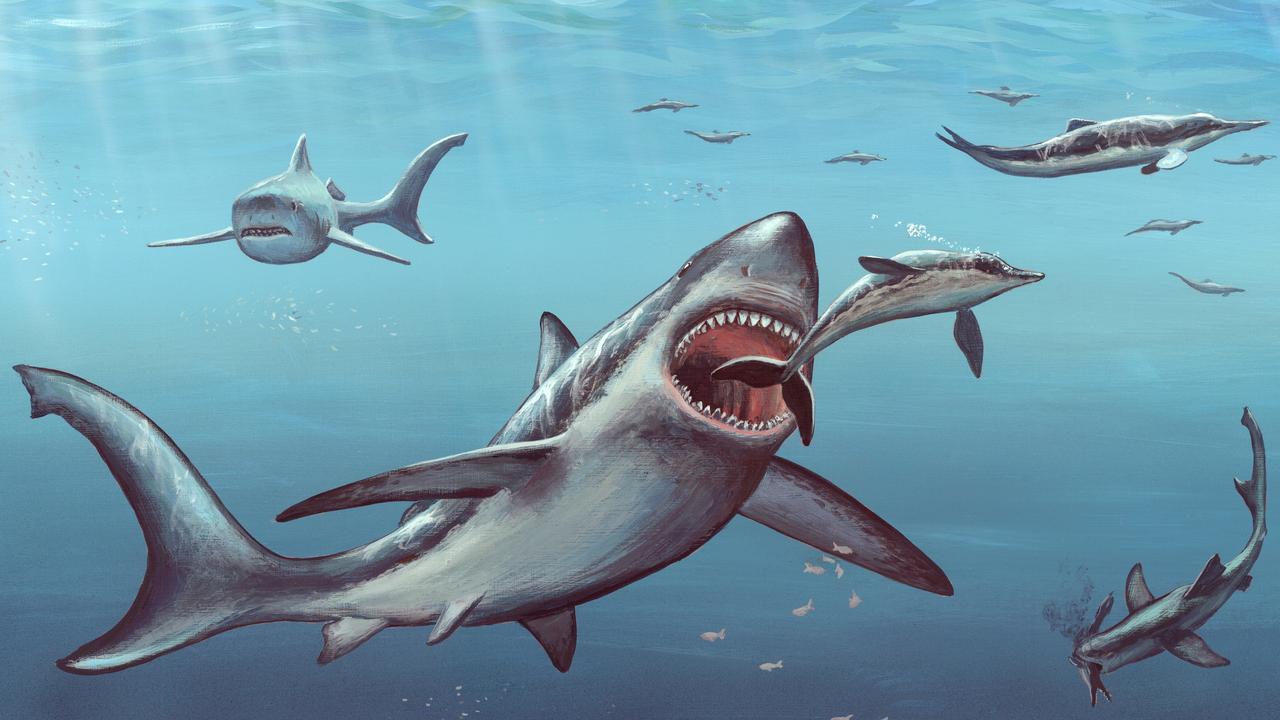
READING LEVEL: ORANGE
Competing with the great white shark may have driven the megalodon to extinction*, according to international research.
In a scene ripe for a Hollywood retelling, the megalodon – one of the largest carnivores* to have ever existed – may have been locked in an epic clash with the great white for food sources like whales, dolphins, and porpoises.
Researchers looked at zinc isotopes* in the teeth of wild and aquarium sharks, and compared them to 13 fossil megalodon teeth. Zinc isotopes are used to understand the diet of an animal and figure out where they sit in the food chain. The scientists found that when great white sharks and megalodon coexisted, they held similar positions at the very top.
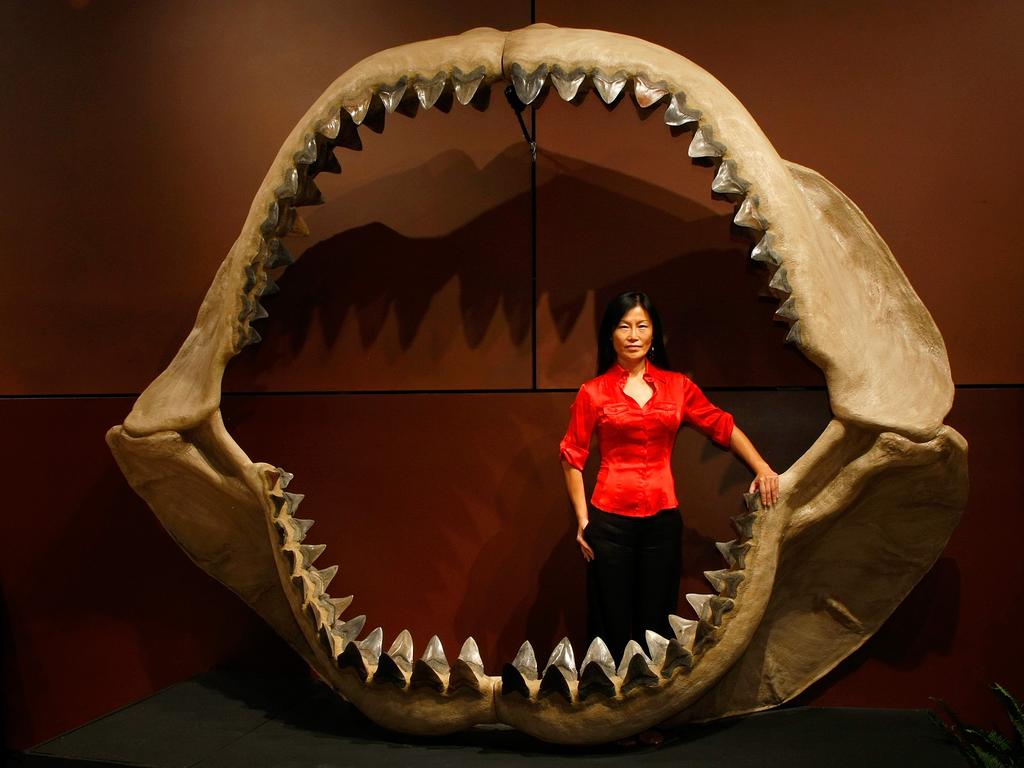
Megalodon appeared about 15 million years ago and became extinct about 3.6 million years ago. One of the largest predators* in Earth’s history, it reached at least 15m and possibly 20m in length while feeding on marine mammals including whales. So while the megalodon likely ruled the seas for millions of years, the great white shark’s arrival about 5.3 million years ago added an apex challenger that was hunting similar prey.
The great white shark measured at least 6m and may have been the more agile* of the two.
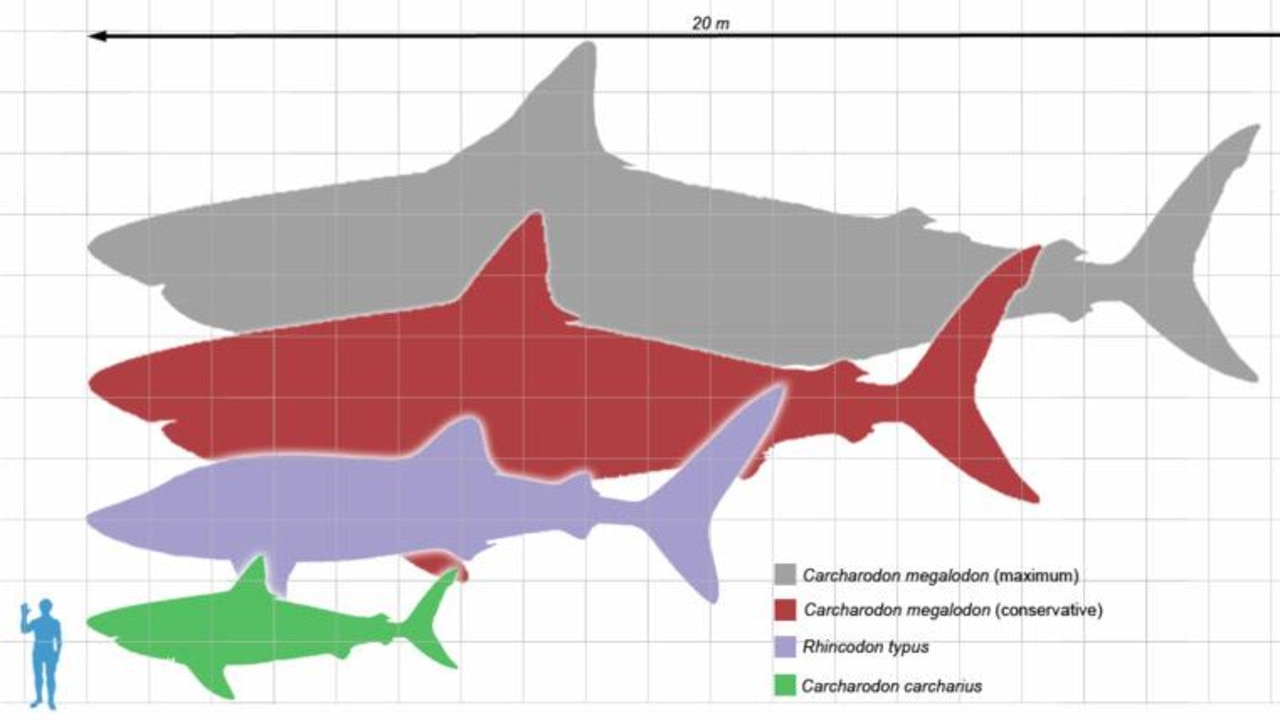
“The megalodon coexisted with the great white shark during the time frame called the early Pliocene, and our zinc data suggest that they seem to have indeed occupied the same position in the food chain,” said DePaul University palaeobiologist Professor Kenshu Shimada, a co-author of the study published on Tuesday in the journal Nature Communications.
Professor Shimada said there were several theories about why megalodon became extinct.
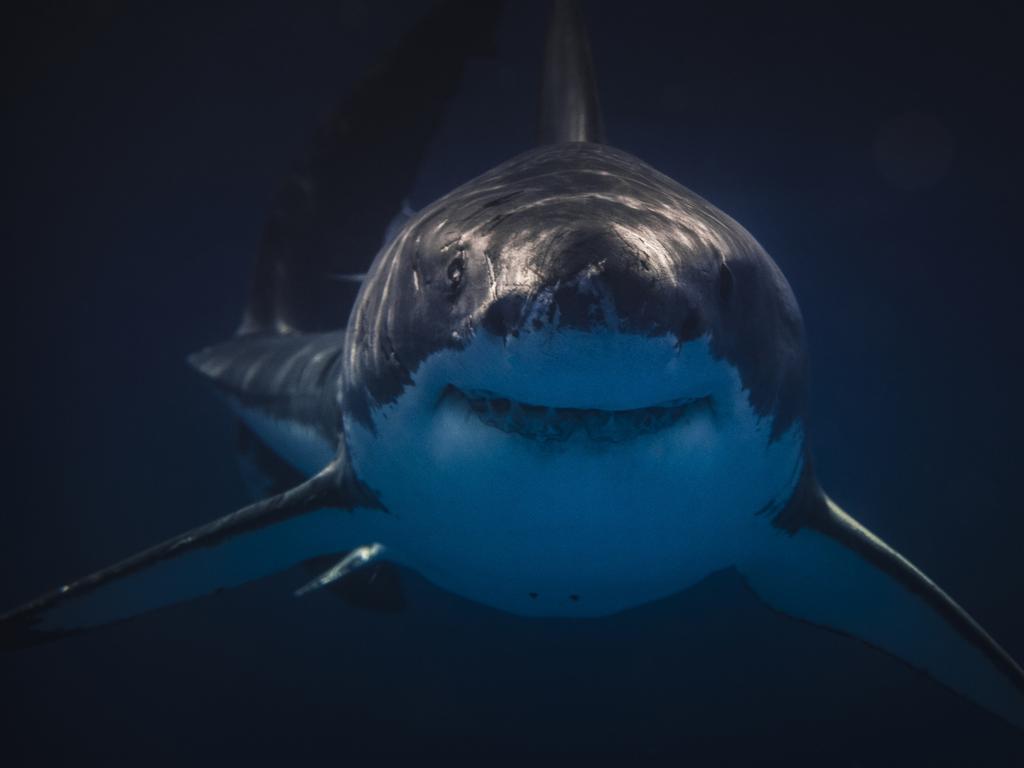
“Traditional hypotheses have attributed this to climate change and the decline in food sources,” he said. “However, a recently proposed hypothesis* contends that megalodon lost the competition with the newly evolved great white shark. Our new study appears to support this proposition*. It is also entirely possible that a combination of multiple factors may have been at play.”
The researchers said it was not thought that the great white hunted its larger cousin. Today’s great white sharks hunt sea turtles as well as marine mammals.
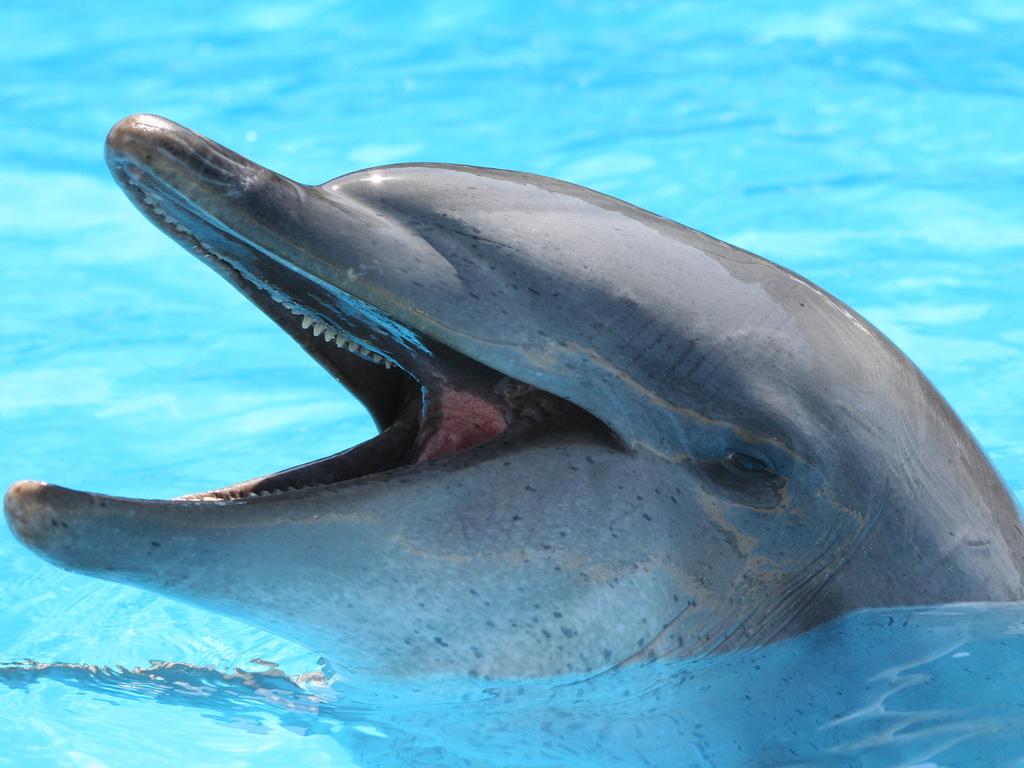
“At the bottom of the food chain are our ‘primary producers’ … that convert solar energy to food,” said William Paterson University Associate Professor Michael Griffiths, co-author of the study. “At the top of the food chain are the apex predators like great white sharks, who have no predators except for humans, while in between we have herbivores*, omnivores* and lower-level carnivores.”
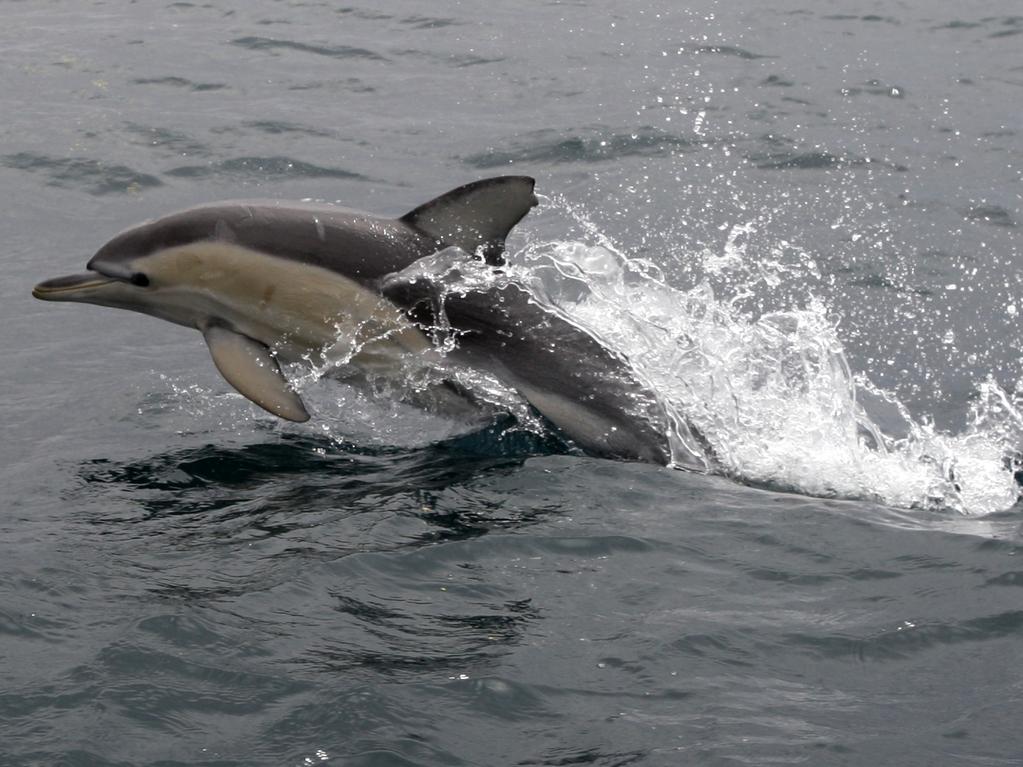
For a creature that played a vital role in marine ecosystems* for millions of years, the megalodon remains mysterious. Because shark skeletons are cartilage* rather than bone, they do not fossilise well, making it hard to know exactly what megalodon looked like. However, many megalodon tooth fossils have been found around the world.
“Megalodon is typically portrayed as a super-sized, monstrous shark in novels and films, but the reality is that we still know very little about this extinct shark,” Professor Shimada said.
GLOSSARY
- extinction: complete disappearance and dying out of a species from Earth.
- carnivore: meat-eating species
- zinc isotopes: zinc is a chemical element on the periodic table; isotopes are different types of atoms present in the same chemical element
- predators: animals that naturally prey upon and eat other animals
- agile: ability to move your body quickly and easily
- hypothesis: theory, idea or explanation based on known facts but not yet been proven
- proposition: offering or suggesting something to be considered, accepted, adopted, or done
- herbivores: plant-eating species
- omnivores: animal species that eat plants and meat
- ecosystems: community of plants, animals and other organisms interacting with each other and their environment
- cartilage: tough, flexible tissue lining joints and giving structure to parts of the body
EXTRA READING
Great white an underwater warhorse
Baby ghost shark looks like an alien
Shark’s use Earth’s magnetic field as GPS
QUICK QUIZ
- How many megalodon tooth fossils were used in the study?
- What do zinc isotopes tell scientists about different animals?
- How long ago did the megalodon appear?
- When did the great white shark arrive on the scene?
- What is the megalodon thought to have measured?
LISTEN TO THIS STORY
CLASSROOM ACTIVITIES
1. Make a chain
Associate Professor Michael Griffiths talks about the food chain in the article. Create a poster, diagram or model that will help a younger student understand what the food chain is and how it works.
Time: allow 30 minutes to complete this activity
Curriculum Links: English; Science
2. Extension
What do you think a megalodon would have looked like? Use the information in the story and your imagination to draw one. Write sentences explaining why you think the megalodon would have looked like that.
Time: allow 30 minutes to complete this activity
Curriculum Links: English; Science
VCOP ACTIVITY
Vivacious vocabulary
Find words in the text that you find high-level and highlight them in yellow.
They are not wow words yet because you might not understand what they mean. Some of the words you have highlighted might be in the glossary, but there are probably some extra ones that you need to investigate further.
Pick three of your highlighted words and let’s investigate.
Create a card template that you can use as a resource in your classroom.
At the top write one of your highlighted words. Underneath this, add a kid-friendly definition. That means you might need to first look up the word in the dictionary, then rewrite the definition to make more sense to kids.
Next you’ll need to come up with two new examples of sentences for your word to show how it can be used.
And finally, see if you can create two activities that you could do to investigate the word further.
Share with a classmate to see what word they chose. Can you complete each other’s activity?

